The global coil coatings market for building and construction is a moderately competitive landscape with several key players vying for market share. The market is driven by the growing demand for energy-efficient and sustainable construction materials, as well as the increasing focus on advanced coating technologies that offer superior protection and aesthetics for metal surfaces. The major players in the global coil coatings market for building and construction include AkzoNobel NV, PPG Industries, Henkel, Wacker Chemie AG, Beckers Group, Sherwin-Williams Company, Groupe Mäder, Axalta Coating Systems, Nipponpaint Industrial Coatings Co., Ltd., Arkema, and Northern Coatings and Chemical Co.
These companies have established a strong presence in the market through their extensive product portfolios, innovative technologies, and strategic partnerships. They continue to invest in research and development to introduce new and improved products that cater to the evolving needs of their customers. The global coil coatings market for building and construction is expected to grow significantly in the coming years, and these companies are well-positioned to capitalize on this growth.
PPG Industries: PPG Industries places a strong emphasis on creating sustainable and innovative products that align with global macro trends. By investing in research and development, the company continuously introduces new products and technologies that cater to evolving customer needs while prioritizing environmental sustainability. This focus on eco-friendly solutions not only differentiates PPG in the market but also presents significant growth opportunities as the world increasingly values sustainability. With operations in over 70 countries and a robust global footprint, PPG Industries strategically expands into emerging regions to capitalize on the rising demand for coatings and specialty materials in developing economies.
By leveraging its international presence and acquisitions in new markets, PPG positions itself to tap into new growth opportunities and strengthen its market position.
Henkel: Henkel is focused on a long-term framework that aims to drive purposeful growth and win in the 20s. This strategic approach involves creating superior value for customers and consumers, reinforcing sustainability leadership, and empowering employees to grow both professionally and personally. Key elements of Henkel's strategic framework include maintaining a winning portfolio, excelling in innovation, sustainability, and digitalization, and ensuring future-ready operating models supported by a collaborative culture and empowered workforce.
Henkel's commitment to sustainability is evident in its efforts to increase the proportion of renewable energy sources, strengthen the sustainability of its product portfolio, and engage in partnerships to promote sustainability goals. Additionally, the company has made significant strides in digitalization, optimizing its digital sales channels and creating new business opportunities through digital platforms like RAQN.
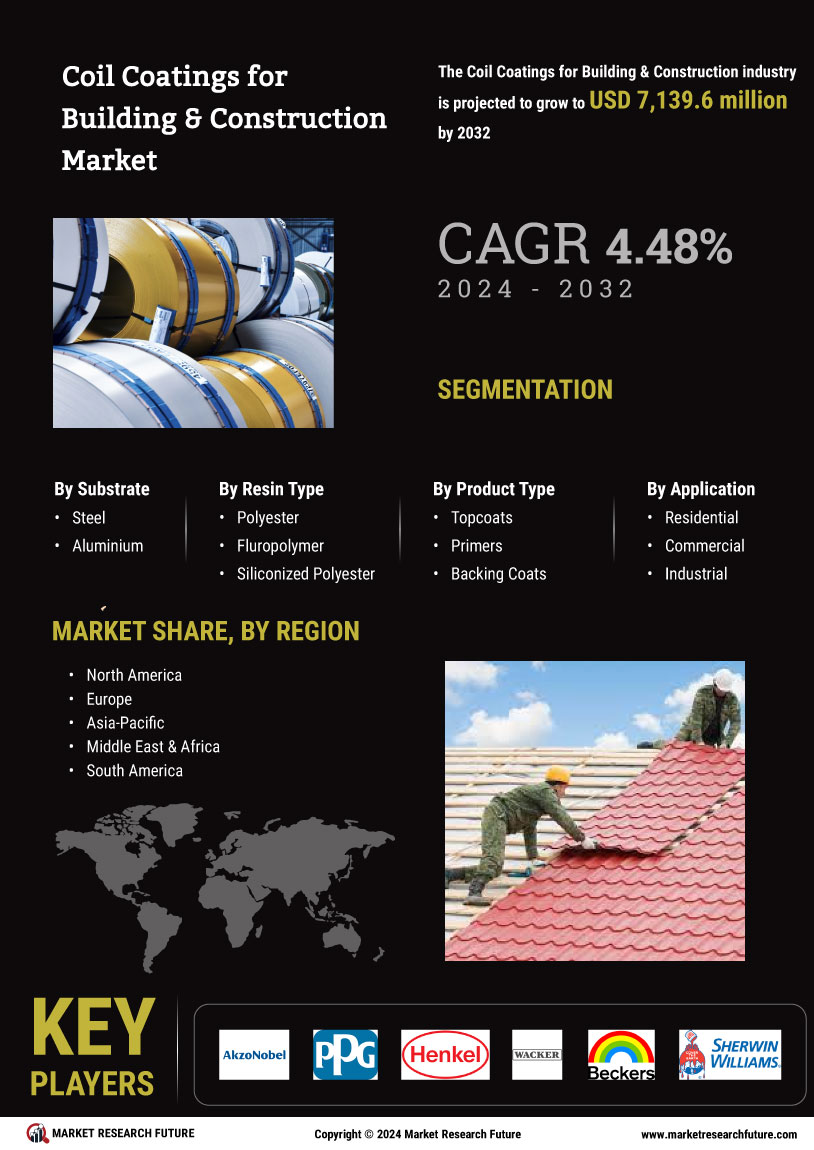

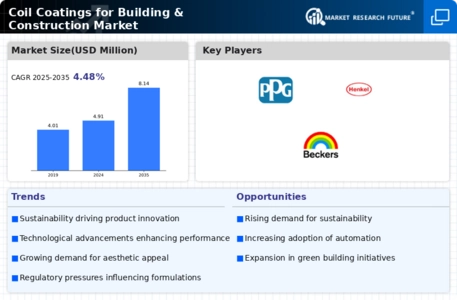
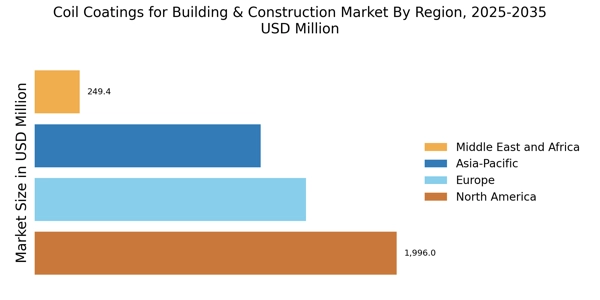
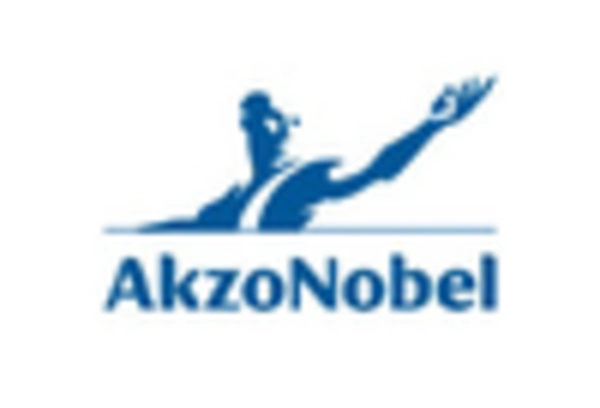

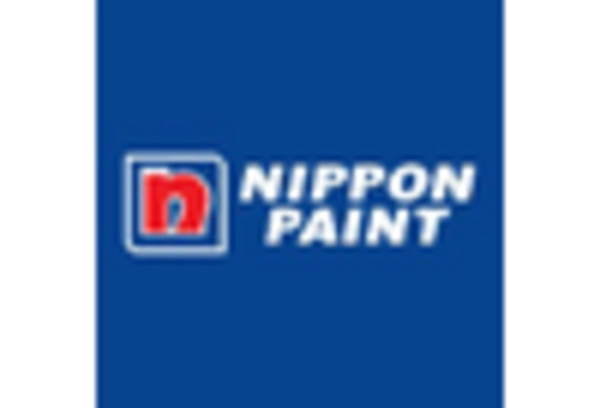
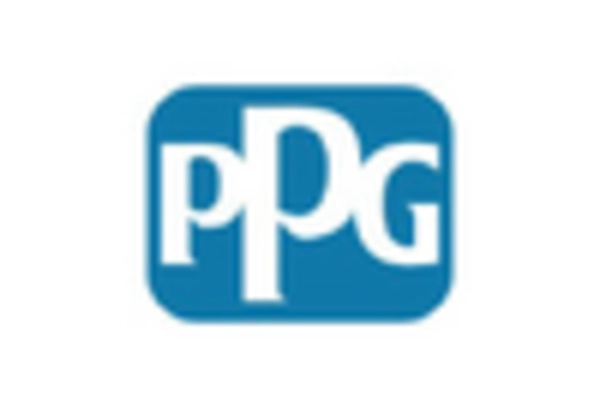
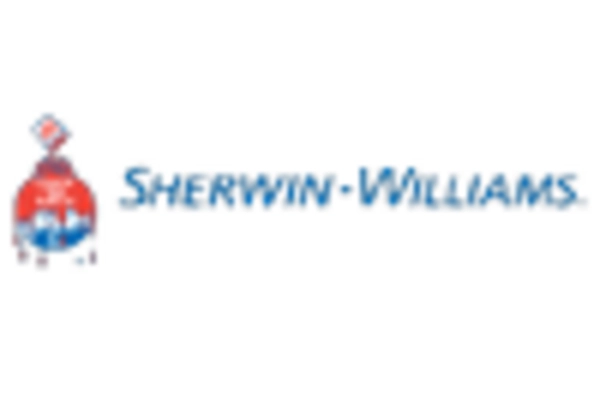
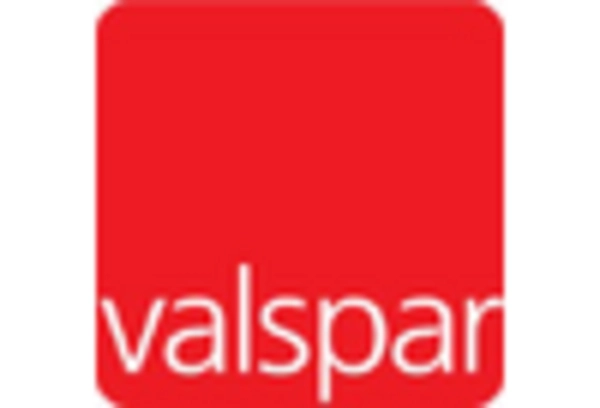








Leave a Comment